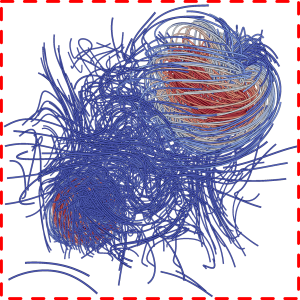This is another update of the articles "Fragment Shader Interlock Performance (α Compositing)" and "Fragment Shader Interlock Performance on the Steam Deck", where I previously had a look at the performance of a GPU feature called fragment shader interlock for alpha composition. In the first article, I was not able to test the performance on AMD GPUs, as the fragment shader …













